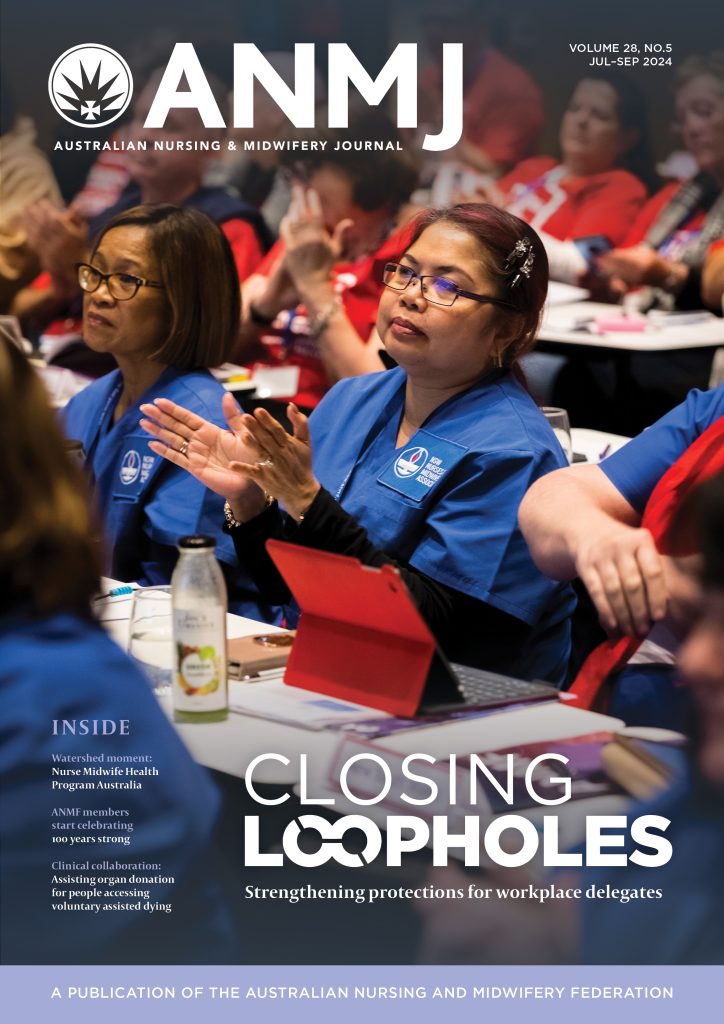The ACTU has used today’s Equal Pay Day to call for action closing the gender pay gap, after revealing women in healthcare have to work 95 more days to earn an equal amount to their male counterparts.
Today (31 August), the occasion of Equal Pay Day, marks 61 days since the end of the financial year, and the average amount of days a woman has to work to earn as much as a man in Australia.
However, the ACTU has revealed that in other industries the gap is more than double, and data from the Workplace Gender Equality Agency (WGEA) shows that the gap now sits at 14.2%, the equivalent of a $261.50 pay difference between full-time equivalent men and women, or more than $13,500 per year.
While women working in the aforementioned healthcare and social assistance sector face significant hurdles, women in the financial and insurance services sector (116 days), and professional, scientific and technical services (124 days) also face a significant pay barrier, the ACTU said.
In response to the new information, the ACTU has called for a raft of measures to address the issue, including government funding to increase the actual rates of pay in areas such as nursing, early childhood education and care and aged care, while ensuring that NDIS funding is tied to job security for affected workers.
They are also calling for laws that reduce the over-representation of women in insecure work, make it easier to obtain equal pay, and measure that ensure the rights of parents and carers. This includes guaranteed and enforceable access to family friendly working arrangements and 52 weeks of paid parental Leave and universal free child care.
ACTU President, Michele O’Neil, said it was a disgrace that women were “effectively $13,500 worse off on average than men.”
“Women in the workforce are met with so many obstacles; disproportionate caring responsibilities, sexual harassment in the workplace, and a systemic and persistent gender pay gap,” Ms O’Neil said.
“The Morrison government can and must do more to address all these issues.”
The new data on the pay gap comes after significant recommendations on equal pay in aged care that resulting from the recent final Royal Commission report, with advocacy groups such as Our Watch also observing the effects of COVID-19 on the growth of the pay gap across the last 12 months.
CEO of Our Watch, Patty Kinnersly, said it was crucial that policy makers understood the link between discrimination in the pay gap and other inequities such as gendered and domestic violence.
“Tragically, we have seen since the onset of COVID-19 a rise in the incidence and severity of domestic and family violence. We know that inequality, including economic inequality, is one of the underlying drivers of violence against women,” Ms Kinnersly said.
“Making sure that women are not left behind in the economic recovery from COVID will benefit the whole of our community.”
Ms Kinnersly and Our Watch are calling on workplaces to organise a gender pay audit as part of their response to wage inequality, to better understand the relationships between pay equality and preventing violence against women, and to make use of the organisation’s own resources for Workplace Equality and Respect.
“Implementing these standards in all Australian workplaces, which includes identifying and eliminating the gender pay gap will help accelerate progress towards an Australia free of violence against women,” Ms Kinnersly said.
If you or someone you know is impacted by sexual assault, family or domestic violence, call 1800RESPECT on 1800 737 732 or visit www.1800RESPECT.org.au. In an emergency, call 000.









